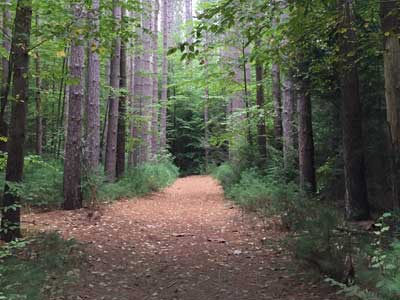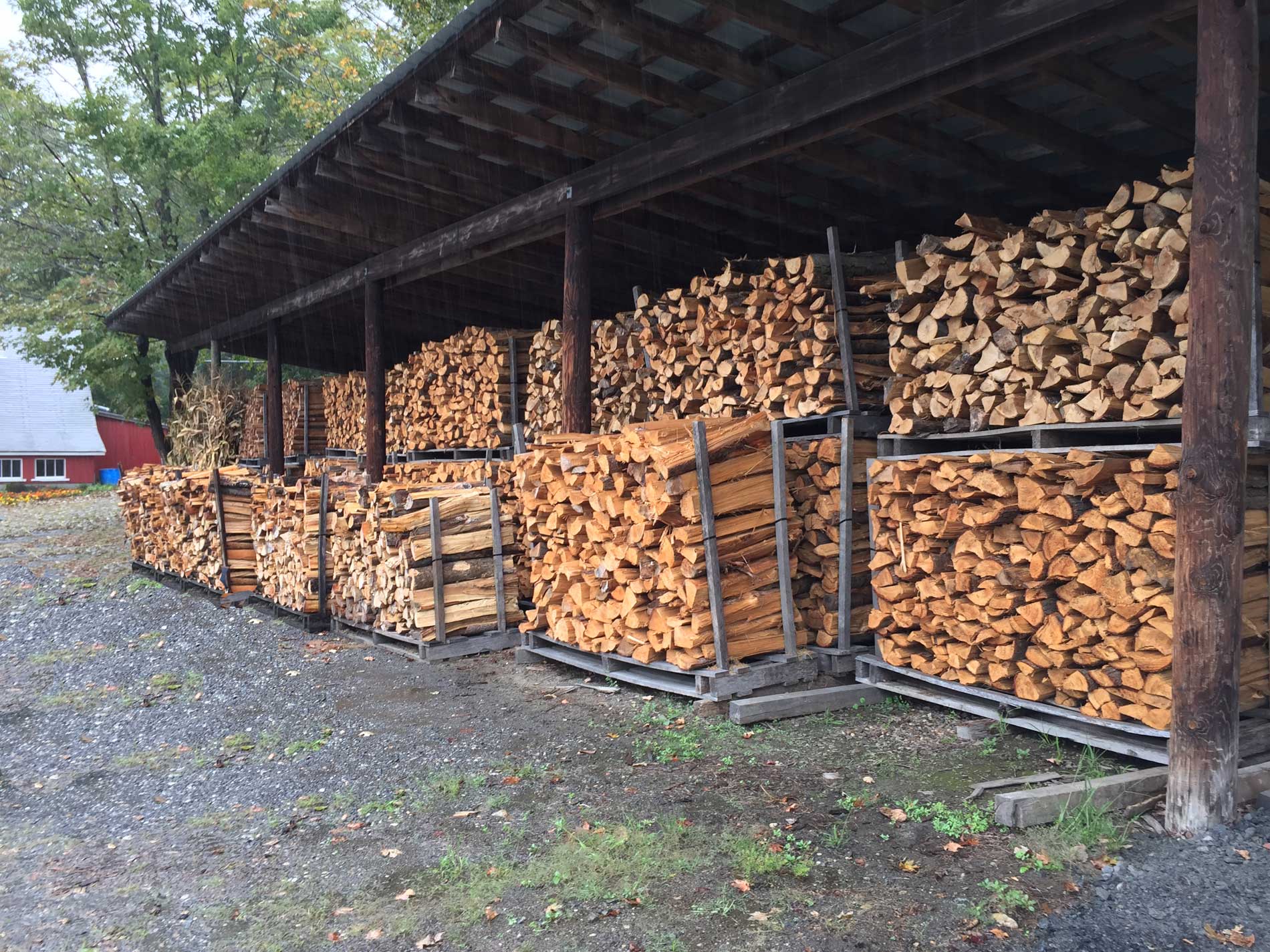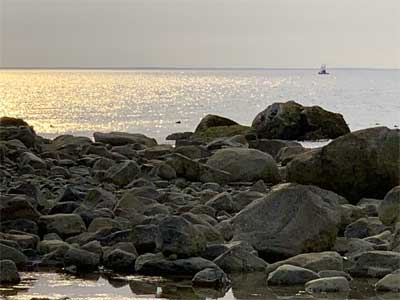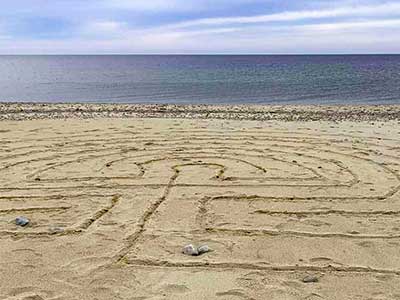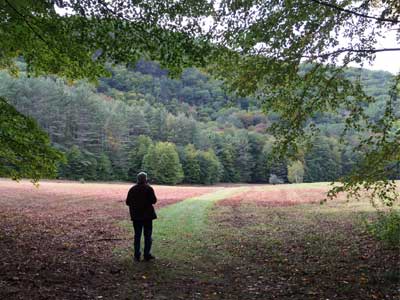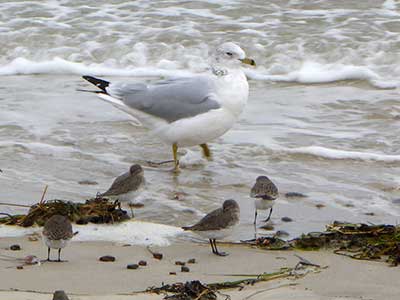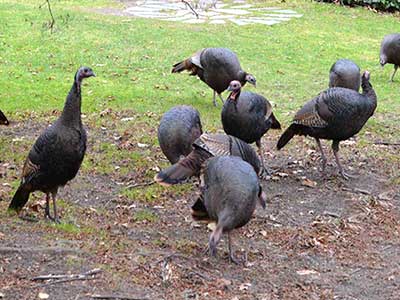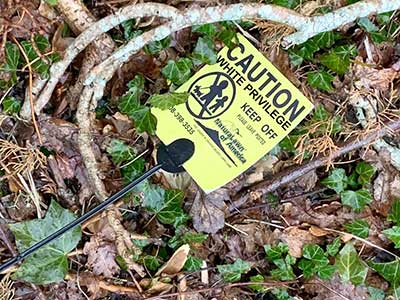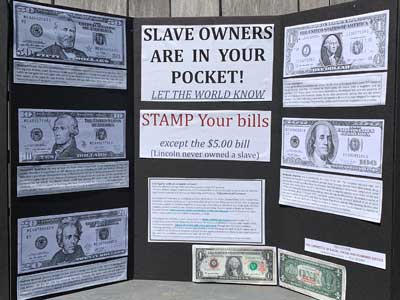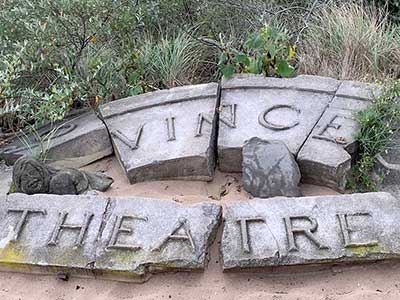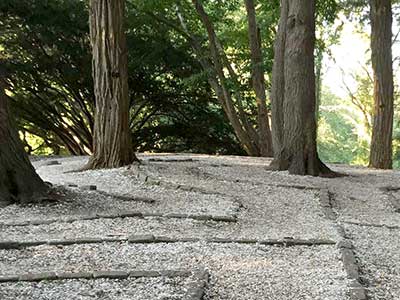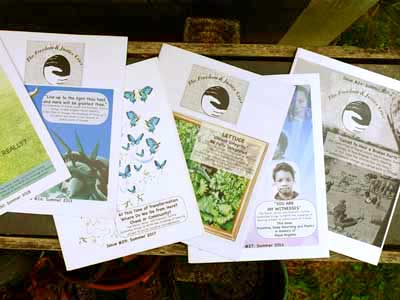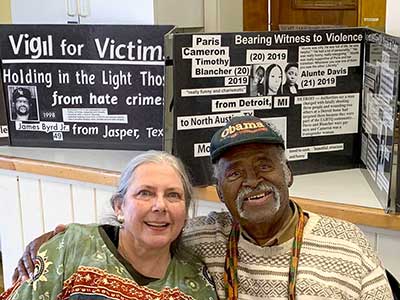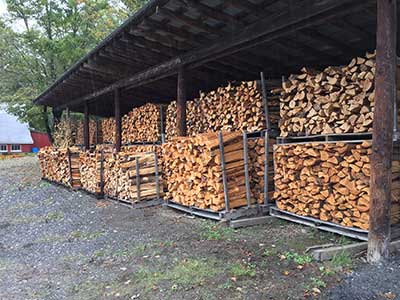by David Treuer | April 2021
The American story of “the Indian” is one of staggering loss. Some estimates put the original Indigenous population of what would become the contiguous United States between 5 million and 15 million at the time of first contact. By 1890, around the time America began creating national parks in earnest, roughly 250,000 Native people were still alive. In 1491, Native people controlled all of the 2.4 billion acres that would become the United States. Now we control about 56 million acres, or roughly 2 percent. And yet we remain, and some of us have stayed stubbornly near the parks, preserving our attachment to them. Grand Canyon National Park encloses much of the Havasupai Tribe and its reservation. Pipe Spring National Monument sits entirely inside the 120,000-acre Kaibab Paiute Indian Reservation, in northern Arizona. Many other parks neighbor Native communities. But while the parks may be near us, and of us, they are not ours.
TAGS: [Racial Terrorism] [2020’s] [History] [Indigenous] [Systemic Racism] [White Supremacy] [White Culture] [White Privilege] [Denial] [Social Justice] [Accountability] [Environment] [Politics] [Assumptions] [Silencing POC]
by Sarah Boxer | December 2020
Quick, name one iconic Depression-era portrait each by Dorothea Lange, Walker Evans, and Russell Lee. My guess is that you’d choose Lange’s Migrant Mother, a portrait of Florence Owens Thompson and her children taken in Nipomo, California, in 1936. For Evans, you’d probably pick a 1936 portrait of tight-lipped Allie Mae Burroughs standing before the wall of her family’s cabin in Hale County, Alabama. For Lee, you might draw a blank, but you’d likely recognize his 1937 group portrait Saturday Night in a Saloon, showing four drinkers in Craigville, Minnesota. (It was used in the opening sequence of the TV show Cheers.)
TAGS: [Assumptions] [2020’s] [Silencing POC] [White Culture] [White Privilege] [White Supremacy] [Art & Culture] [History] [Systemic Racism] [White Defensiveness] [Politics] [Denial]
by Megumi Chibana | April 2021
Note: This article originally appeared in Verge 4.2 (Fall 2018), published by the University of Minnesota Press.
In 1995, the Okinawan community of Yomitan — which had been dispossessed of their lands during the Pacific War to allow for the building of a Japanese airfield — revealed their plans for the future of their village. Village leaders placed an image and a poem at the center of this new vision, an artful way of imagining indigenous space…. In 1995, the Japan-US Special Action Committee on Okinawa, or SACO, agreed on joint use of the Yomitan Airfield. Although the permission provided only for “interim use,” the repossession and use of the airfield by the village opened new space for the community. Through self-organization and the reconfiguration of space, the village successfully refuted the military use of indigenous space and regenerated the landscape as a democratic hub for deliberating alternative futures. This is when the community developed and detailed the Phoenix Plan, as a new vision to imagine indigenous space.
TAGS: [Strategies] [2020’s] [Art & Culture] [History] [Politics][Indigenous] [White Supremacy] [White Culture] [White Privilege] [Reparations] [Social Justice]
by Sam McKenzie Jr | November 2018
After facilitating a hearty discussion for a newly formed anti-racism group, Jaleesa, the group facilitator, notices an elderly white man hanging back and waiting for her. When they are face to face, the man tells her that he used to be a racist. He mentions how he made racist jokes and used racial slurs because “that was the time.” He says he has changed, and he wanted to share, but his guilt was obvious.
TAGS: [Individual Change] [2010’s] [Anti-Racism] [White Defensiveness] [White Blindness] [White Privilege] [Denial] [Black Lives Matter]
by Sena Crow | November 2019
And yes, if you’re wondering: this post is for white settlers. f you’re not already actively working to unlearn colonizing habits and unconditionally support Indigenous people, now is the perfect time to start. It’s November, and that means it’s Native History Month. Native History Month urges us to ask how we can better recognize, support, and protect Indigenous communities.First, ask yourself this question every day: Whose land am I living on? The second question to ask yourself: What do I own on this land? And the third: What people have lost from what I have gained?
TAGS: [Individual Change] [2010’s] [Indigenous] [Systemic Racism] [White Supremacy] [White Culture] [White Privilege] [History] [Social Justice] [Accountability]
by Maia Niguel Hoskin, Ph.D. | June 2020
Because Whites are the nonracialized majority, they live in an insulated environment of racial protection and comfort, which makes them unable to tolerate racial stress. Whiteness scholar Robin DiAngelo refers to this as White fragility and says this about it: Once White people are confronted with racial stress, it triggers various defensive responses in them, such as anger, guilt, silence, outward displays of emotion, defensiveness, and shutting down. Some argue that color-blindness has been used as a way for Whites to accommodate their racial fragility and ease their guilt. Feelings of shame and defensiveness associated with racial injustice can be minimized if its existence is denied. Like color-blindness, performative activism is manipulative and maintains systems of racial privilege by Whites centering their desire to seek comfort over addressing racial injustice.
TAGS: [Assumptions] [2020’s] [Myths] [White Fragility/Tears] [“All Lives Matter”] [White Defensiveness] [White Blindness] [White Supremacy] [Social Justice] [Policing] [Black Lives Matter] [History] [Colorblindness] [Tips-Dos/Don’ts] [Anti-Racism]
